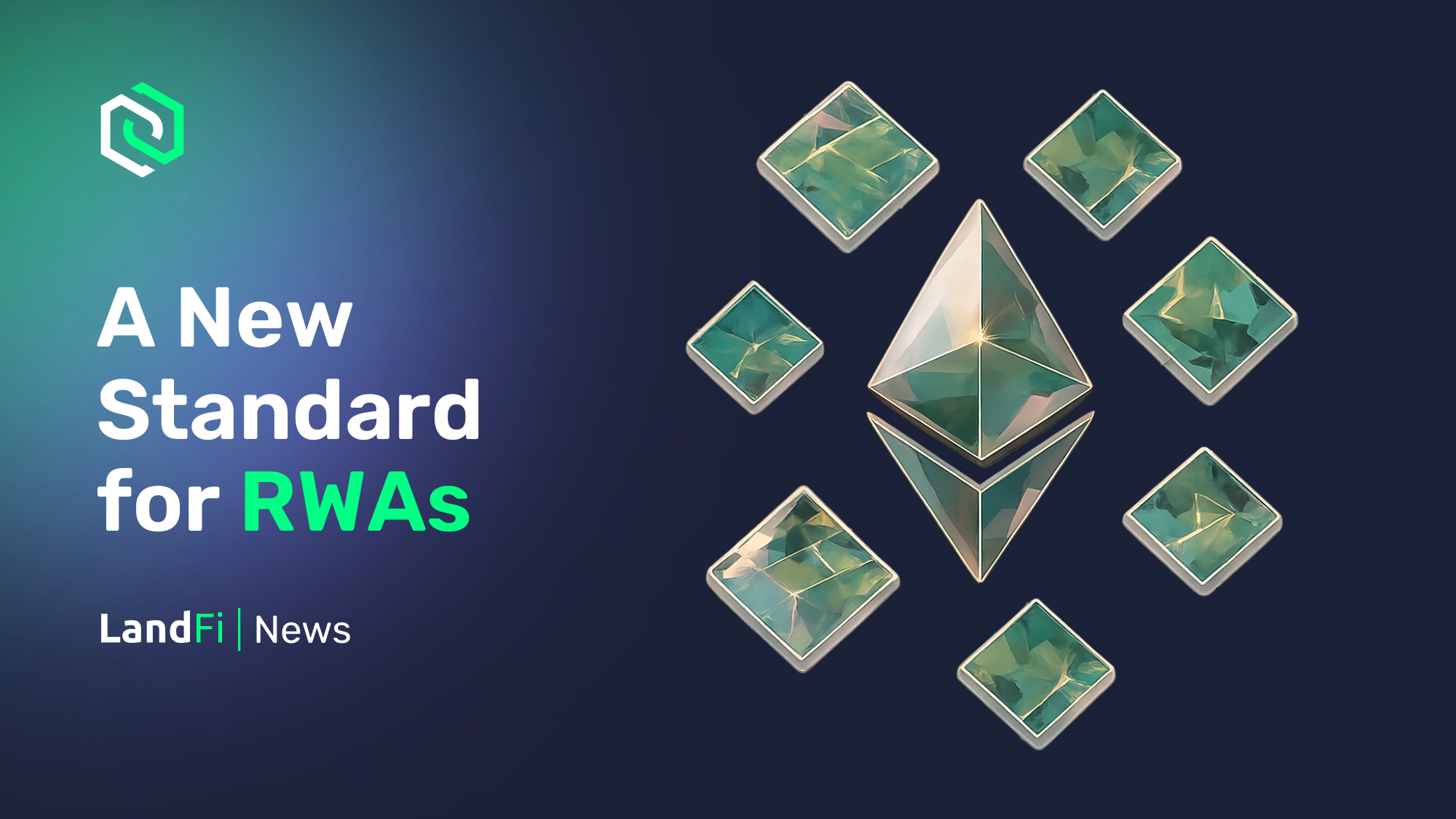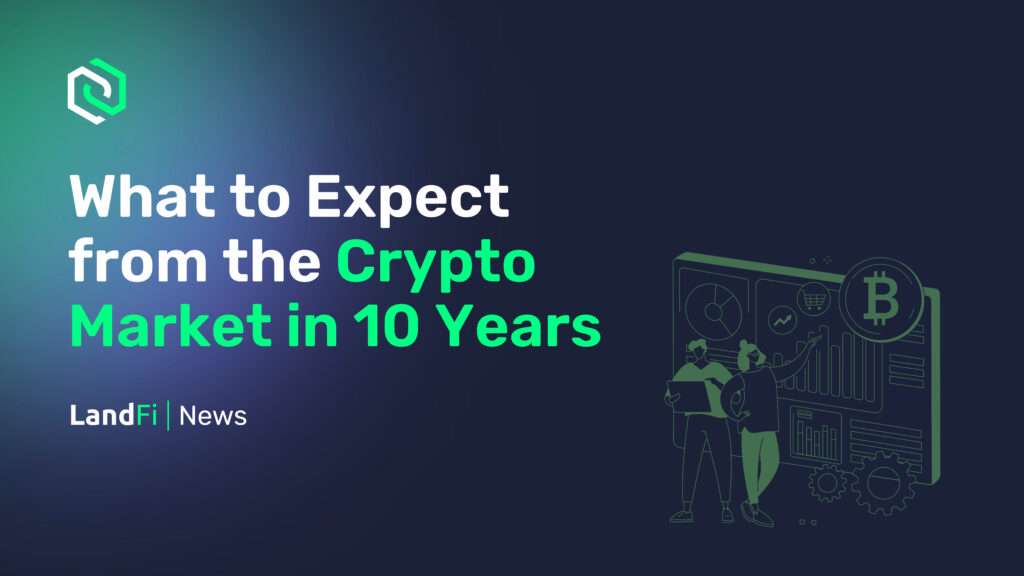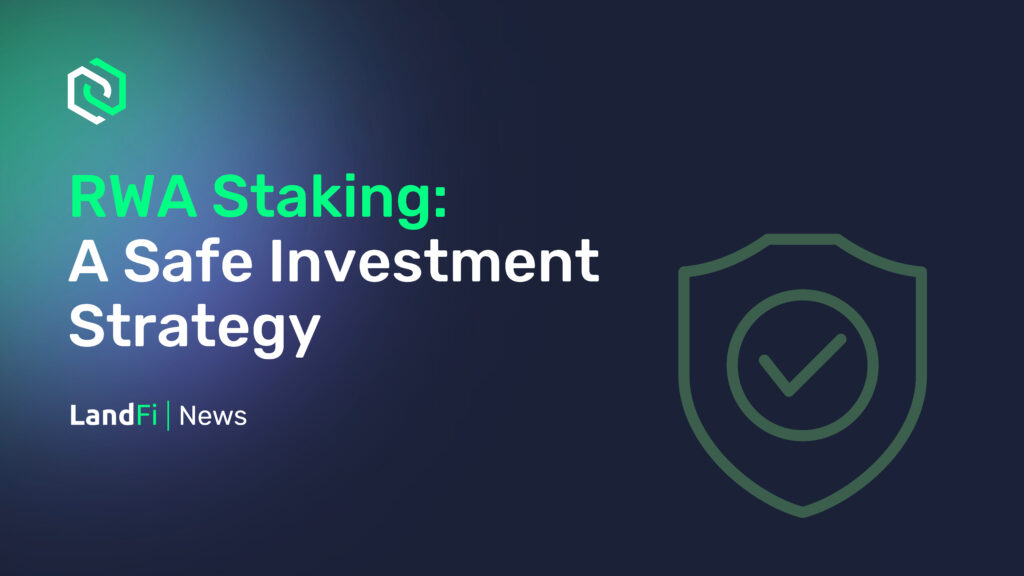The conversation around Real-World Assets (RWAs) has dominated DeFi over the past two years. From tokenised government bonds to tokenised real estate, everyone is racing to ‘bridge’ the physical world with blockchain. Yet beneath the noise, most RWA projects share the same limitation: they rely on a single revenue stream.
For example, some platforms are built entirely around tokenised Treasuries. Others focus exclusively on fractionalising rental properties. A few offer exposure to commodities such as gold. These models all have value, but they expose users to a narrow risk profile. If rates fall, Treasury yields decline. If real estate values stagnate, the income pipeline weakens. If commodity prices swing, so too does the token’s stability. In other words, single-stream RWAs are useful, but they are not resilient enough to stand the test of multiple market cycles.
At LandFi, we are approaching RWAs from a different angle. Instead of tying our ecosystem to one asset class or one market cycle, we are building a multi-revenue-stream staking platform, where independent, off-chain businesses contribute a portion of their real-world revenues into LandFi.
Multiple Businesses, One Ecosystem
Every year, LandFi introduces a new RWA business into the ecosystem. These businesses are not experimental ideas, they are real, revenue-generating operations such as land acquisitions, property trades, and other tangible ventures. Each business operates independently in the traditional market but contributes a defined portion of its revenue with the LandFi platform.
This structure creates multiple, parallel revenue streams flowing into one ecosystem. The result is diversification by design: token holders are no longer tied to the performance of a single asset class but instead benefit from a growing mix of off-chain cashflows.
Over time, as more businesses are added, this structure compounds. LandFi becomes not just a gateway to one RWA, but a hub where multiple off-chain businesses converge to provide continuous, diversified, and tangible value.
The Compounding Flywheel
This multi-revenue design is more than just diversification, it is a growth engine.
- Each year, new RWA businesses are onboarded.
- Each contributes a share of its off-chain revenue to LandFi.
- That revenue is used for USDC staking rewards, buy-backs, and treasury contributions.
- Higher rewards attract more users and liquidity.
- A larger community strengthens the platform and expands its reach.
- With greater reach, LandFi can integrate even more businesses in future cycles.
The outcome is a self-reinforcing flywheel where success feeds further success. This is how LandFi is designed to grow stronger, more diversified, and more resilient over time.
What Makes LandFi Different
While many projects stop at tokenisation, LandFi goes further by aligning the entire model around sustainable user rewards and long-term stability.
1. Diversified Revenue, Not Single-Asset Yield
Most RWA protocols tie token holders to a single market. LandFi aggregates multiple, independent businesses into one platform, reducing exposure to any one sector and smoothing the reward profile.
2. Short-Term Staking, Real Flexibility
DeFi users don’t want to lock their assets away for years. LandFi staking pools are short-term (30 to 60 days), giving participants flexibility while still aligning rewards with real business cashflows.
3. Tangible and Trackable
Each revenue stream is tangible and can be directly tagged and tracked inside the ecosystem. Users know exactly how off-chain activity connects to their rewards, creating transparency and confidence.
4. USDC Rewards, Not Inflationary Tokens
Instead of relying on unsustainable token emissions, LandFi distributes USDC rewards generated from off-chain revenues. This gives participants stable, trusted returns and eliminates the reliance on speculative token inflation.
5. Compliance-First Structure
LandFi is built with a dual-entity structure separating the token ecosystem from the businesses generating revenue. This ensures regulatory resilience and provides a framework that can scale globally while maintaining compliance.
6. Treasury and Buy-Back Model
A portion of revenues flow into a DAO-governed treasury with a BTC/ETH/USDC and LND reserve, while another share is dedicated to buy-back and burn mechanisms. This creates additional stability for the token and ensures long-term value alignment with the community.
Why This Matters Now
The RWA wave is often framed as a story of tokenisation: “put assets on-chain and watch adoption grow” But that only scratches the surface. The real challenge is how those assets generate sustainable, diversified rewards for token holders.
Single-stream RWA models, while innovative, are bound by the limitations of their chosen asset class. When conditions change – interest rates drop, property cycles slow, or commodities fluctuate, the model becomes fragile.
LandFi is designed differently. Our flagship land and property auction model is continuous – it never slows, regardless of wider property cycles, interest rate shifts, or market sentiment. That provides a stable, always-on foundation for revenue generation. On top of this, we are building a multi-revenue-stream ecosystem with short lock-ups, tangible USDC rewards, and a compliance-first foundation. Together, these elements create infrastructure that can thrive across cycles and compound in strength over time..
The Future of RWAs
RWAs are not just about tokenisation, they are about building systems that bring real cashflows into DeFi in a way that is sustainable, diversified, and transparent.
LandFi’s vision is clear:
- Multiple businesses.
- Multiple revenue streams.
- A compounding flywheel of rewards.
- Real USDC returns without long tie-ups.
- Governance and compliance at the core.
This is how RWAs move from narrative to infrastructure.
And this is how LandFi is different.
Visit the LandFi Website
Read the Whitepaper
Join the Community


